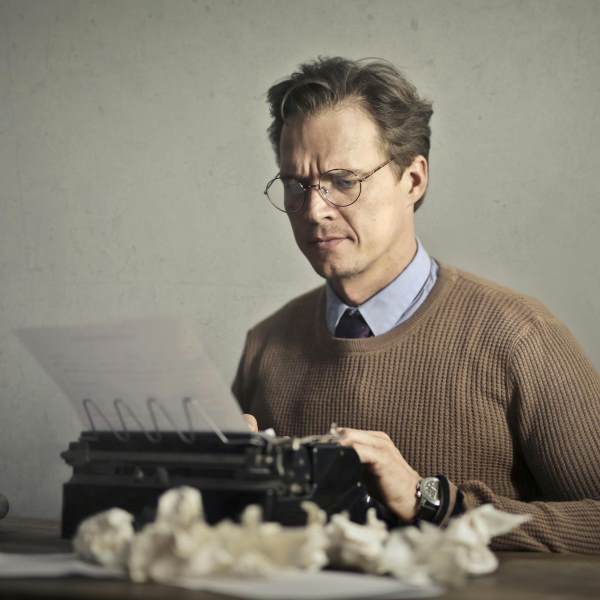Health benefits of a pill-free cycle
- Hormonal balance: Your body once again regulates oestrogen and progesterone on its own.
- Lower clot risk: A large UK cohort study found that the risk of venous thrombo-embolism returns to baseline four weeks after stopping a combined pill Vinogradova et al., BMJ 2012.
- Greater body awareness: Many women report a higher libido, more energy and less vaginal dryness.
- Nutrient reset: Oral contraceptives can deplete vitamins B6, B12, folate and magnesium. A randomised study showed these levels normalise within six months of stopping Mørch et al., Contraception 2011.
Typical side-effects after stopping – and why they’re temporary
Your body needs a short adjustment phase once you stop. Common but short-lived symptoms include:
- Post-pill acne: A brief androgen surge can trigger break-outs. Gentle cleansing and oil-free moisturiser help.
- Hair shedding or an oilier scalp: Usually appears between months 2 and 6 and then eases.
- Mood swings: The sudden hormone drop can affect your mood. Regular exercise and omega-3s have a balancing effect.
- Irregular bleeding: Your cycle may fluctuate for up to 12 months before it settles.
Before you stop – why a quick gynaecology appointment helps
A ten-minute check-up is worthwhile if you:
- have PCOS, endometriosis or migraine with aura;
- take long-term medicines or supplements;
- smoke or have a family history of clots;
- have major weight changes, up or down.
This is also the time to choose the hormone-free contraception that best fits your lifestyle.
How to come off the pill – step by step
- Finish the strip: Take the current pack to the end to avoid breakthrough bleeding.
- Arrange back-up: From day 1 off the pill, use condoms or a diaphragm if you are not trying for a baby.
- Keep a symptom diary: Track skin, mood, cycle length and sleep – useful data for you and your GP.
- Refill nutrient stores: Oats, pulses, flaxseed oil and leafy greens supply magnesium, B-vitamins and omega-3s.
- Book a three-month review: If your cycle or symptoms remain irregular, have your thyroid and iron checked.
Cycle regulation – what happens over 12 months
Weeks 0–4: Oestrogen and progesterone drop; you may have headaches or breast tenderness.
Months 2–6: First natural ovulation; acne or hair loss may flare briefly.
Months 6–12: Cycle length evens out; energy and libido find a new equilibrium.
Trying for a baby – how quickly fertility returns
A German observational study found 83 % of women conceived within a year, with only a slight delay during the first three cycles Wiegratz et al., Fertil Steril 2006. Ideally wait for one natural cycle; then use basal-body-temperature charts, LH tests or cycle apps to pinpoint ovulation.
Managing post-pill acne and hair changes
When oestrogen falls, androgens spike briefly, increasing sebum production. Skin flare-ups usually peak between months 3 and 6, then calm.
Skincare: Gentle cleanser, non-comedogenic moisturiser, plus salicylic acid (BHA) or retinal/azelaic acid one to three times weekly.
Mood, stress & libido after stopping the pill
- Mood: A Danish registry study linked combined pills to a higher risk of depression Skovlund et al., JAMA Psychiatry 2018. Many women feel an emotional lift once they stop.
- Libido: Desire often rises, as pre-ovulatory testosterone peaks are no longer suppressed.
- Partner preference: Early studies suggest subtle scent preferences can shift – an interesting talking point.
Nutrient balance & lifestyle tips for the reset phase
Long-term pill use can lower stores of vitamin B2, B6, B12, folate, magnesium, zinc and selenium. Good sources include:
- wholegrains and pulses for B-vitamins and magnesium;
- dark leafy greens for folate;
- nuts and seeds for zinc, selenium and omega-3s;
- regular strength training to stabilise sex-hormone-binding globulin (SHBG);
- seven to nine hours’ sleep, ideally before midnight.
Hormone-free contraception – which method suits you?
- Male or female condoms: offer immediate protection and reduce the risk of STIs.
- Diaphragm with spermicide: a flexible barrier when properly fitted.
- NFP (natural family planning) / temperature method: cycle-based and requires disciplined tracking.
- Copper IUD, copper chain or copper-pearl ball: three to ten years of hormone-free protection.
- Fertility monitors or sensor wearables: track temperature or LH surges; accuracy varies.
- Sterilisation: a permanent option, only after careful thought.
Myths & facts about coming off the pill
‘You’ll definitely put on weight.’ Many women lose water retention; weight changes are individual.
‘Acne lasts for ever.’ Most skin clears within a year or can be managed dermatologically.
‘An irregular cycle stays that way.’ In most cases it settles within 12 months.
Red-flag symptoms – when to see a doctor
- no period six months after stopping;
- very heavy or painful bleeding lasting more than seven days;
- persistent depression or panic attacks;
- sudden leg pain, breathlessness or chest pain;
- fever with foul-smelling discharge (possible infection).
Take-away
Coming off the pill is a conscious decision about your body. Get well informed, choose contraception that suits you, and allow time for your cycle to stabilise. With medical guidance, balanced nutrition and a mindful lifestyle, you will soon return to your own equilibrium.

